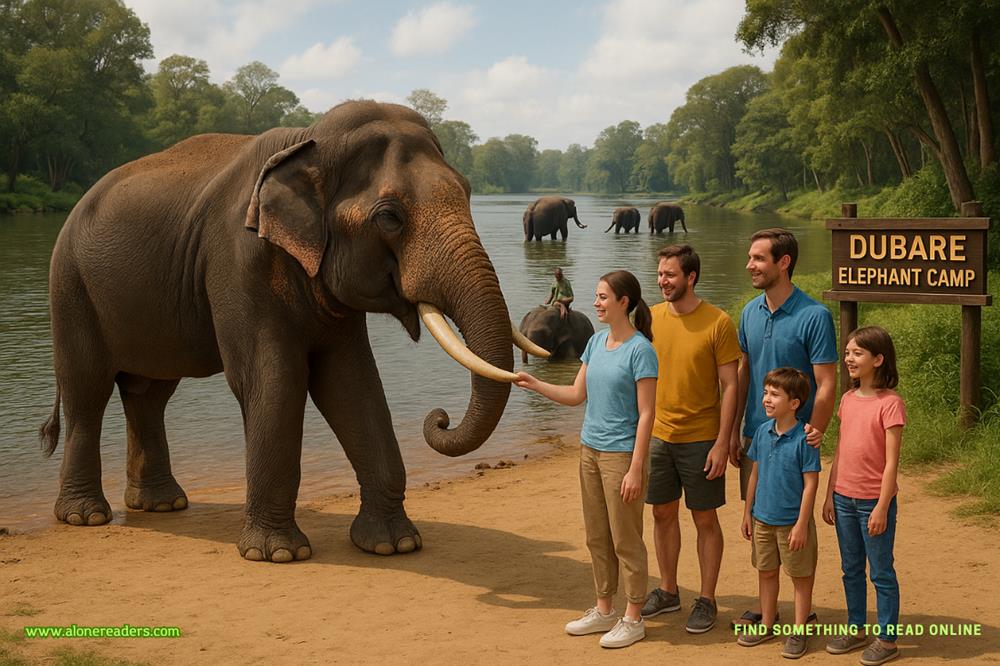Page 24 of The Cabinet of Dr. Leng
They climbed the stairs and passed through the great bronze doors. It was two o’clock in the afternoon and the Rotunda thronged with visitors, voices of excited children echoing in the vaulted space. D’Agosta saw the museum’s director, Lowell Cartwright, hustling around the tail of a large brontosaurus skeleton, trailed by several others. He was tall and lanky as a scarecrow, with a stride so long the others had to trot to keep up with him.
“Incoming,” D’Agosta murmured to Caruso as the director rushed up.
“So glad you could come,” Cartwright said. “I’d like to introduce Martin Archer, our director of security, and Louise Pettini, Public Relations.”
Public relations.At least one thing about the museum hadn’t changed, D’Agosta thought—its obsession with public image.
“The accident took place up in Mammalogy,” said Archer. “We’ll go there directly.”
D’Agosta let the “accident” comment slide. A naked curator locked in a freezer didn’t sound much like an accident to him. For a moment he felt a pang of regret that his old pal Pendergast wasn’t there. He’d gone down to Florida in early March on what was supposed to be a brief trip, but that had been almost three months ago. What he wouldn’t do to have that FBI agent’s cynical, cryptic presence at his side. God, he was fed up with the same old, same old.
Cartwright glanced around at the assembled team. “You really need so many, Lieutenant?”
“NYPD standard operating procedure for this kind of situation,” D’Agosta said.
Cartwright led them out of the Rotunda to a nondescript locked door and, beyond that, to a huge service elevator, which rose with ponderous slowness to the fifth floor. It opened into a broad area with numerous branching corridors. There was a strong smell of death in the air—far too strong to be from the one curator—and besides, he was supposed to be frozen.
“The maceration area is just down the hall,” said Cartwright. “Hence the smell.”
The maceration area. That, D’Agosta recalled, was where they reduced animal corpses to skeletons by placing them in warm water and letting the flesh liquefy off the bones. Lovely.
“The freezer is this way,” Cartwright added.
They turned left, then right, and D’Agosta was almost instantly lost. They were under the eaves of the great museum, and the rooflines slanted this way and that overhead, creating a confusing labyrinth of beams and arches.
At last they came to a gigantic door, perhaps ten feet high and ten wide, made of gray painted metal, dented, scratched, and old. A group of people were gathered outside, standing around nervously.
“The body is still in there?” D’Agosta asked.
“We haven’t moved it. He was frozen solid.”
“What’s the temperature in there?” Caruso asked.
“Twenty degrees below zero.”
“Oops,” said Caruso. “Forgot my parka.”
“We have coats for you here,” the director said without breaking a smile. He made a gesture, and one of the people with him opened a closet holding a rack of ancient, greasy coats. Next to the rack was a bin of equally questionable gloves.
“Nice collection of fossils you got here,” Caruso said, fingering one of the coats. “But I think we’re going to have a problem wearing these over our monkey suits.”
His team looked at D’Agosta, waiting for some sort of solution. D’Agosta tried to conceal his irritation: he should have thought of this ahead of time. The interior might be a crime scene—but how were they going to collect evidence while freezing their asses?
“What’s in there that needs to be kept frozen?” D’Agosta asked.
“Animals and animal parts,” said Cartwright. “We have frozen elephant skins, collected by Teddy Roosevelt, to replace the ones in the African Hall when the time comes. We have a gorilla in there that just died up at the Bronx Zoo, awaiting maceration. Things like that.”
“A gorilla,” D’Agosta said slowly. “Okay…Here’s what we’re going to do. We’ll go in by teams. The door will be left open. No coats. Each team will work as long as they can safely, then the next team will go in. Rotate until the job is done.”
“We can’t leave the doors open too long,” warned the director.
“We’ll be in and out as quickly as possible. If necessary, we can always shut the door and let it cool off again. That work for you? I mean, how long does it take for a gorilla to thaw out?”
Cartwright didn’t look too pleased. “The freezer is equipped with a heat alarm.”
“Great. That will be the signal for us to shut the door and take a break.” D’Agosta turned to Caruso and the rest. “Let’s go.”
The Crime Scene Unit team put on their protective suits. Archer, the security chief, unlatched the door and swung it open on massive hinges, releasing a gust of bitterly cold air that filled the hallway with clouds of vapor.















